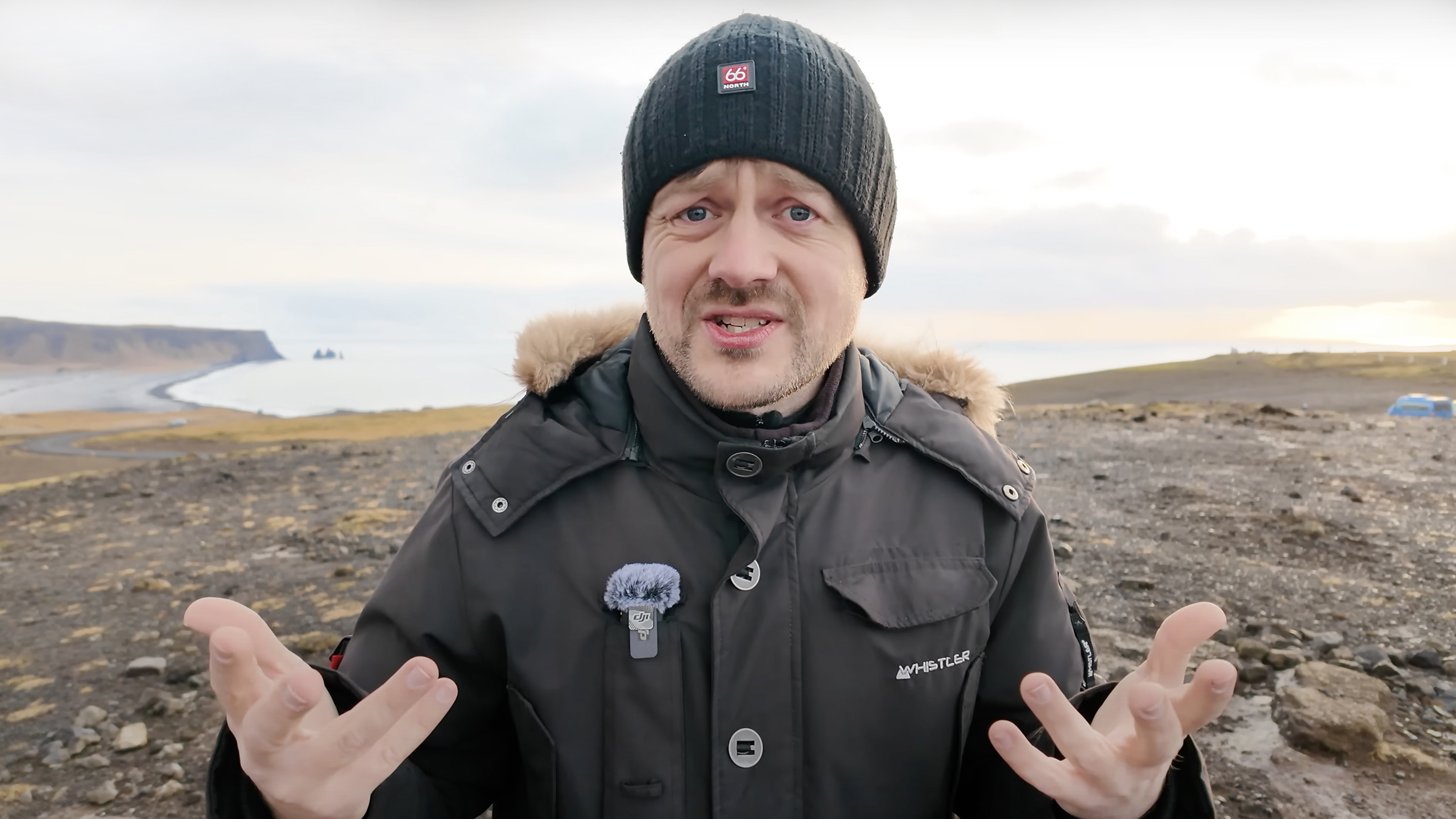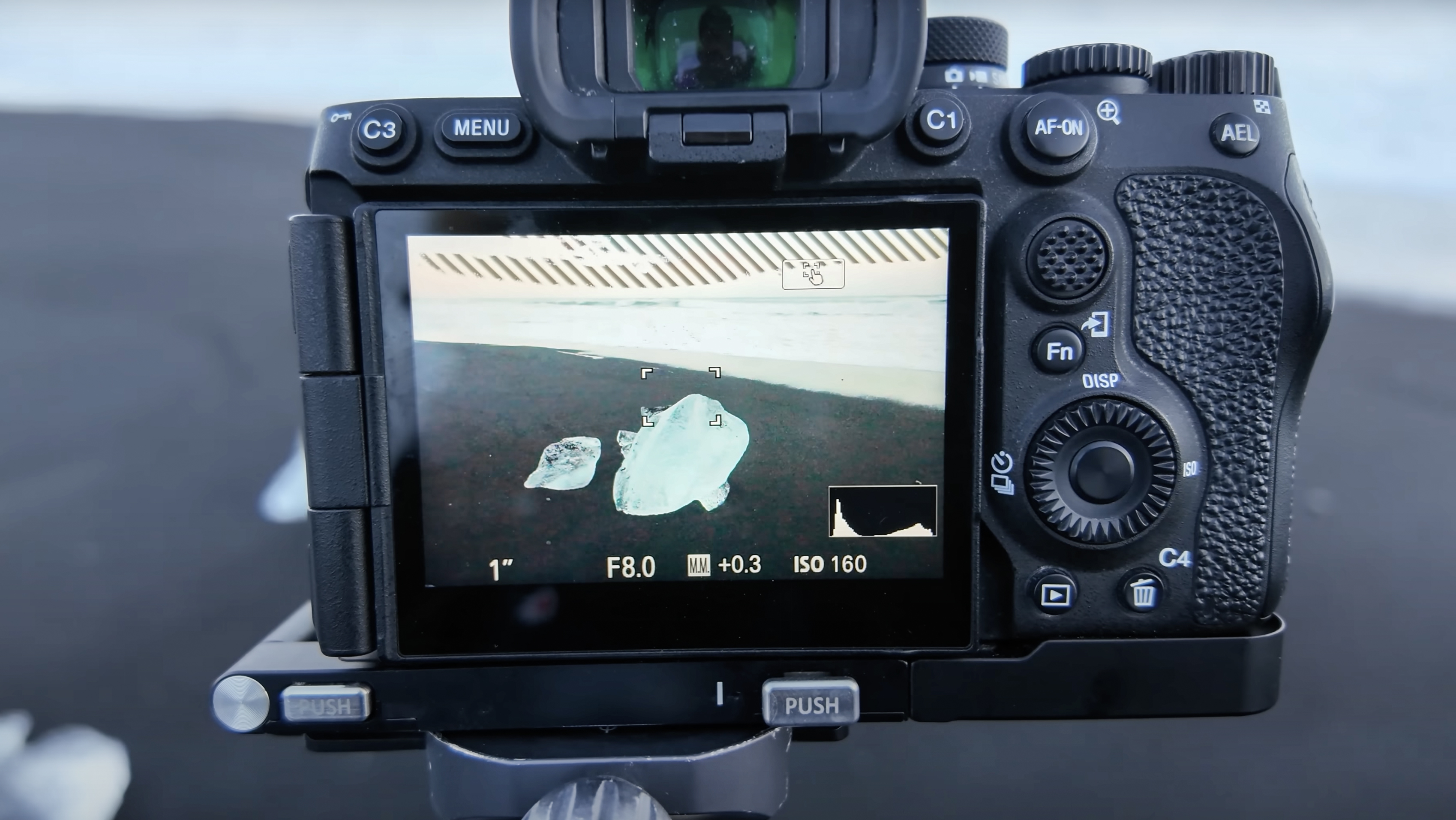This is NONSENSE: underexposing to preserve highlights in photos
Underexpose to preserve highlights? This is just NONSENSE, says photographer – as are many more photography "facts"

There's a lot of accepted wisdom in photography that's actually without merit, whether it's information from outdated textbooks or experience passed on by people who misunderstood photographic principles (or, indeed, both of the above).
I recently came across this video on YouTube by Mads Peter Iversen, an award-winning fine art landscape photographer from Denmark. Taking aim at everything from "landscape lenses" to lens compression, Iversen's video is titled "Stop This Photography Nonsense!" and sets out to correct some of the misinformation as he sees it.
"Within photography there are a lot of sayings that are often being presented as facts or a rule, and they're just being repeated again and again and again – but in the end they are simply just nonsense, and we will be better off if we simply just stop saying it," he says.
The video is embedded below, and is well worth a watch! I won't spoil the other nonsense on his list, but I'd like to share some of his thoughts on the old "underexpose to preserve highlights" rule…
"The next nonsense I think we should stop saying is that you need to expose to the left, or you need to underexpose, because it's easier to recover the shadows than it is recovering the highlights.
"Yes you can blow the highlights, but you can most certainly also blow the shadows, and there aren't as much detail in those underexposed shadows as you would want to think there is. Yes, these days we do have amazing noise reduction software, but you still need to just make a proper exposure – it's actually really that simple.
"So as I've explained in other videos, you need to expose to the right but you do not want to clip the highlights. Overexposing the photo and clipping the highlights are two different things. You can most certainly overexpose a photo and then bring down all that information in post-processing, so you actually do want to overexpose the photo but you do not want to clip the highlights.
"And it's very important that we put those two things together in the same sentence: overexpose, but don't clip the highlights. Because then you actually get more information onto your sensor you can then bring it down in post-processing and you then have a cleaner photo.
"To get a proper exposure is very very simple… there's no right or wrong histogram, there's just an optimal exposure. And right now as you can see as I decrease my shutter speed I get a darker and darker and darker photo. And obviously I don't want to underexpose it – yes I can bring it up in Photoshop or Lightroom, but then I just get a noisy photo.
"I just want to make a proper exposure to begin with, which is about here, so underexposing a photo on purpose because it's easier to bring out the shadows is just nonsense. Just get a proper exposure from the beginning, expose to the right, but don't clip the highlights – it's that simple."

Check out my video that explains what is exposure in photography. And since Iversen doesn't like calling them the best landscape lenses, take a look at the best wide-angle lenses that can also be used to shoot landscapes!
Get the Digital Camera World Newsletter
The best camera deals, reviews, product advice, and unmissable photography news, direct to your inbox!

James has 22 years experience as a journalist, serving as editor of Digital Camera World for 6 of them. He started working in the photography industry in 2014, product testing and shooting ad campaigns for Olympus, as well as clients like Aston Martin Racing, Elinchrom and L'Oréal. An Olympus / OM System, Canon and Hasselblad shooter, he has a wealth of knowledge on cameras of all makes – and he loves instant cameras, too.

